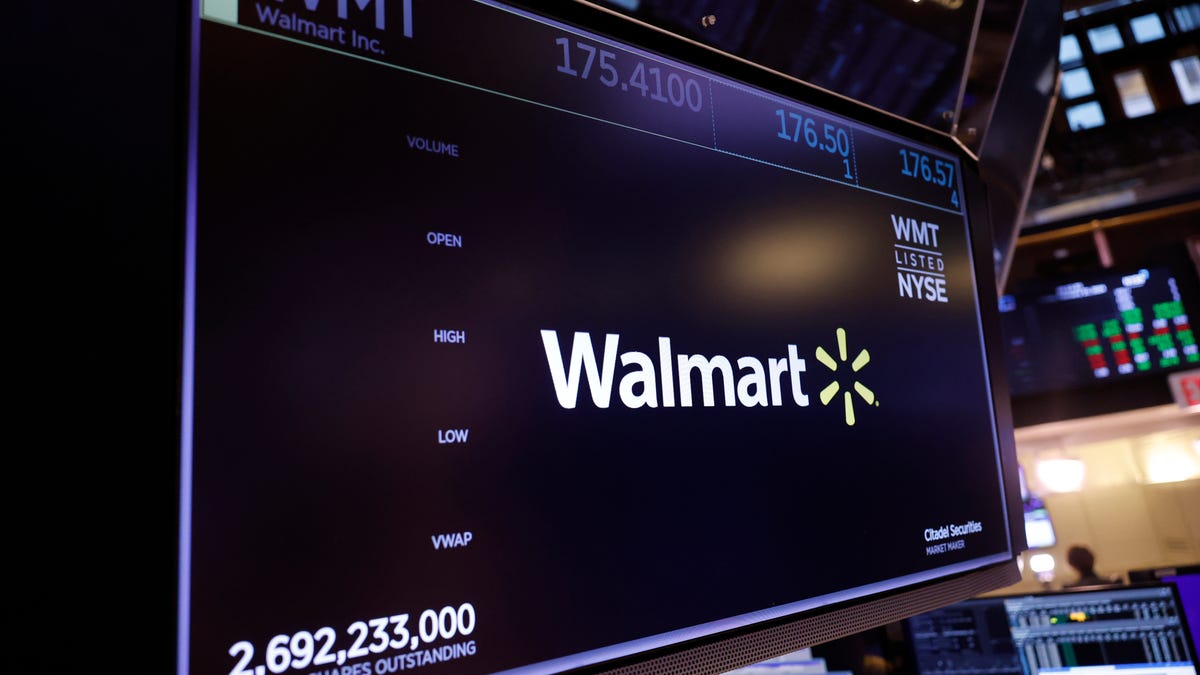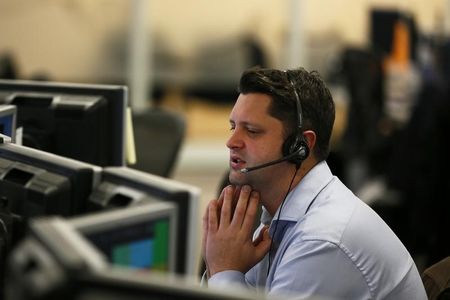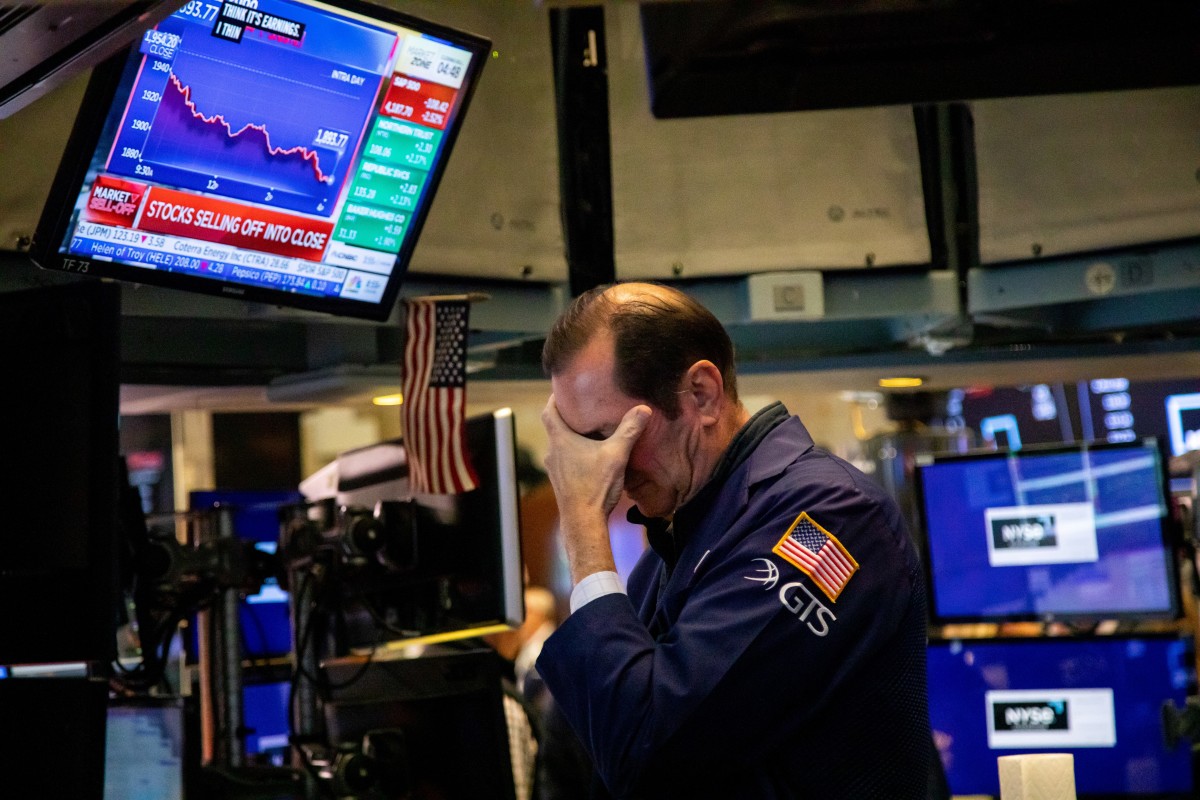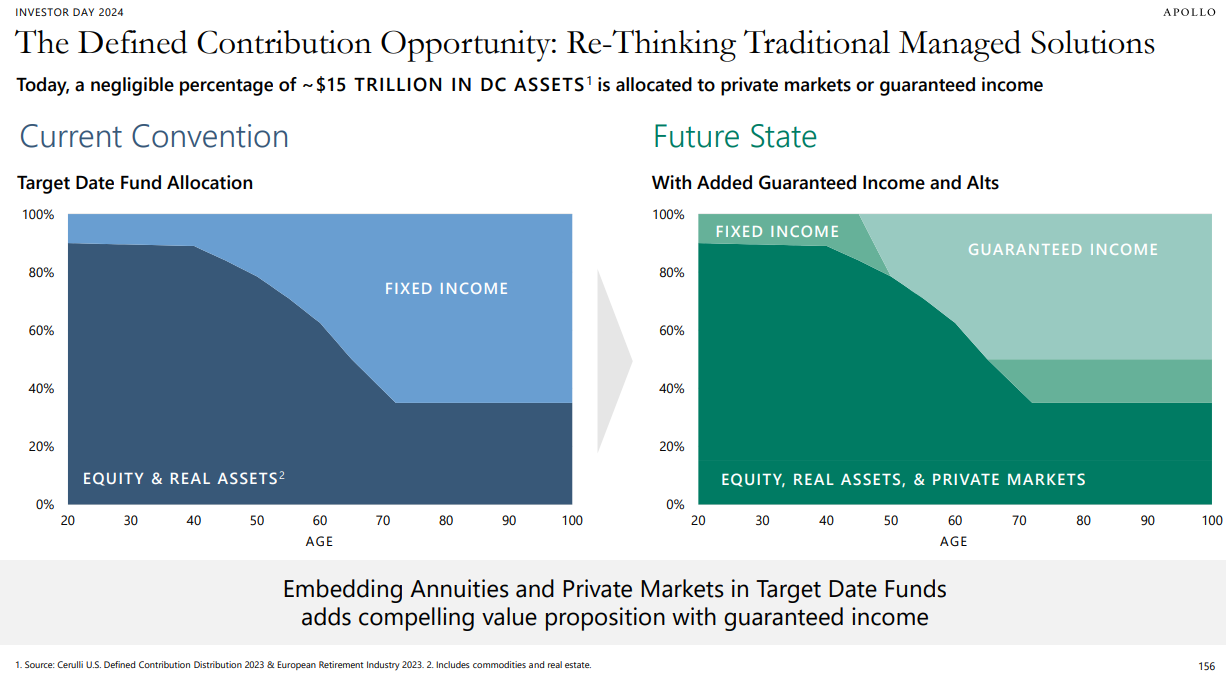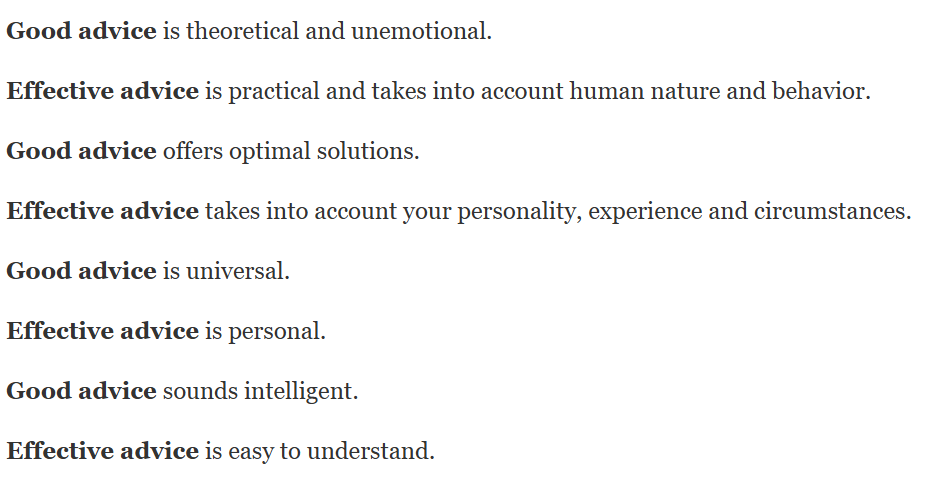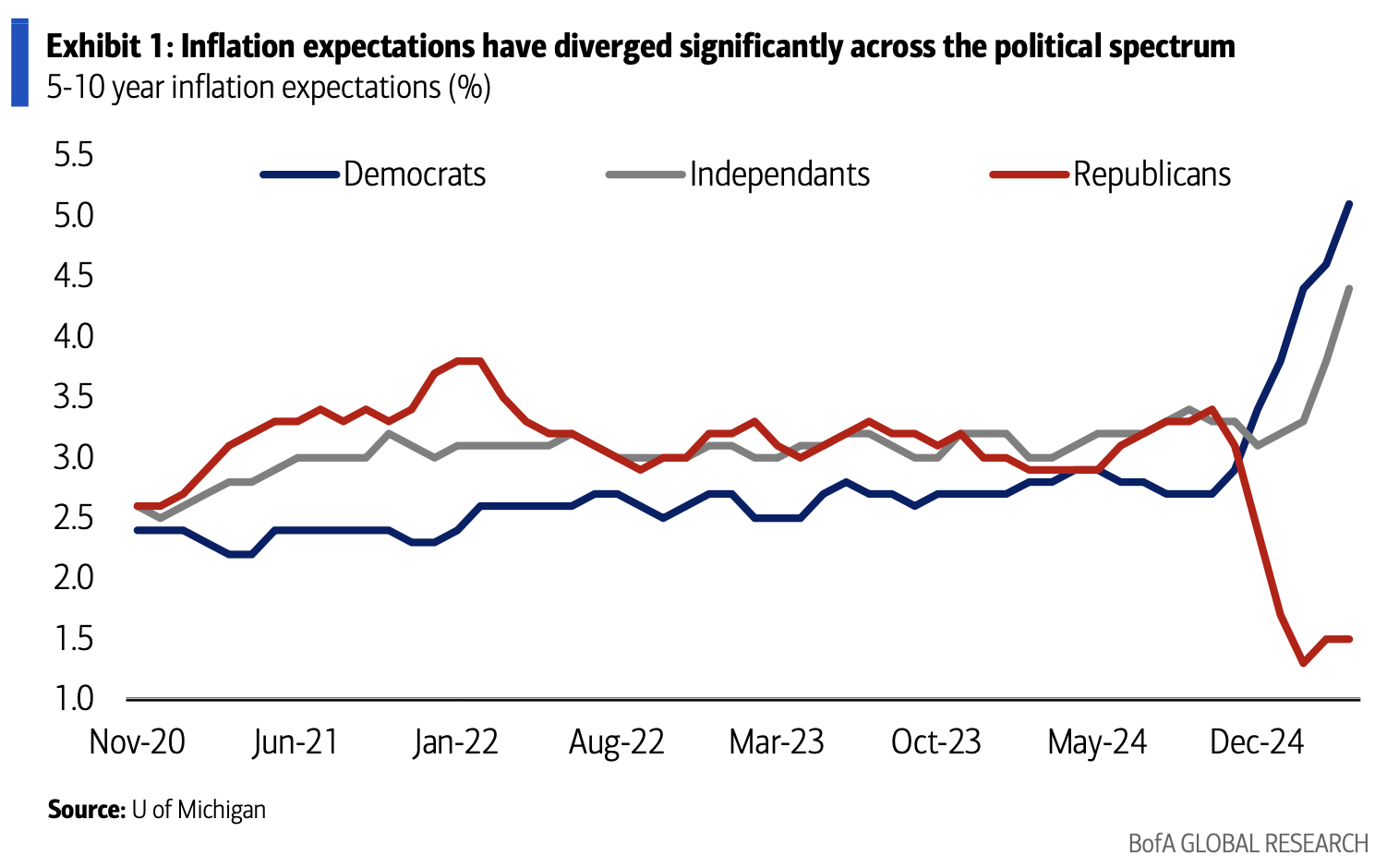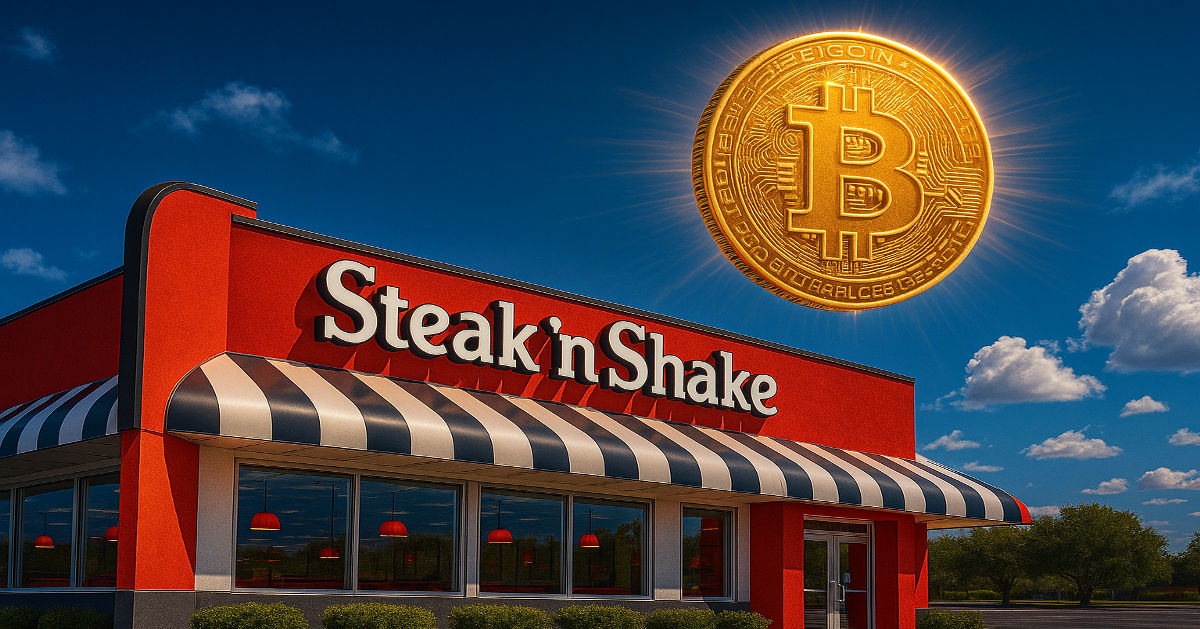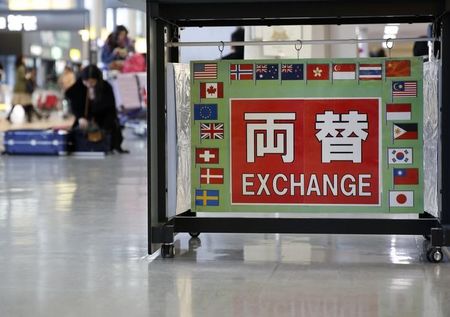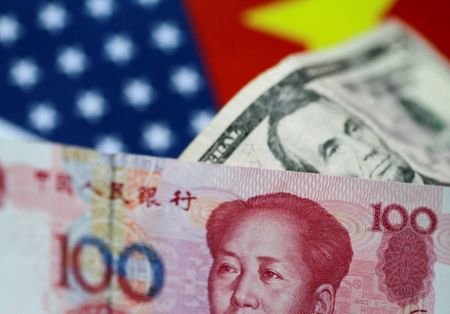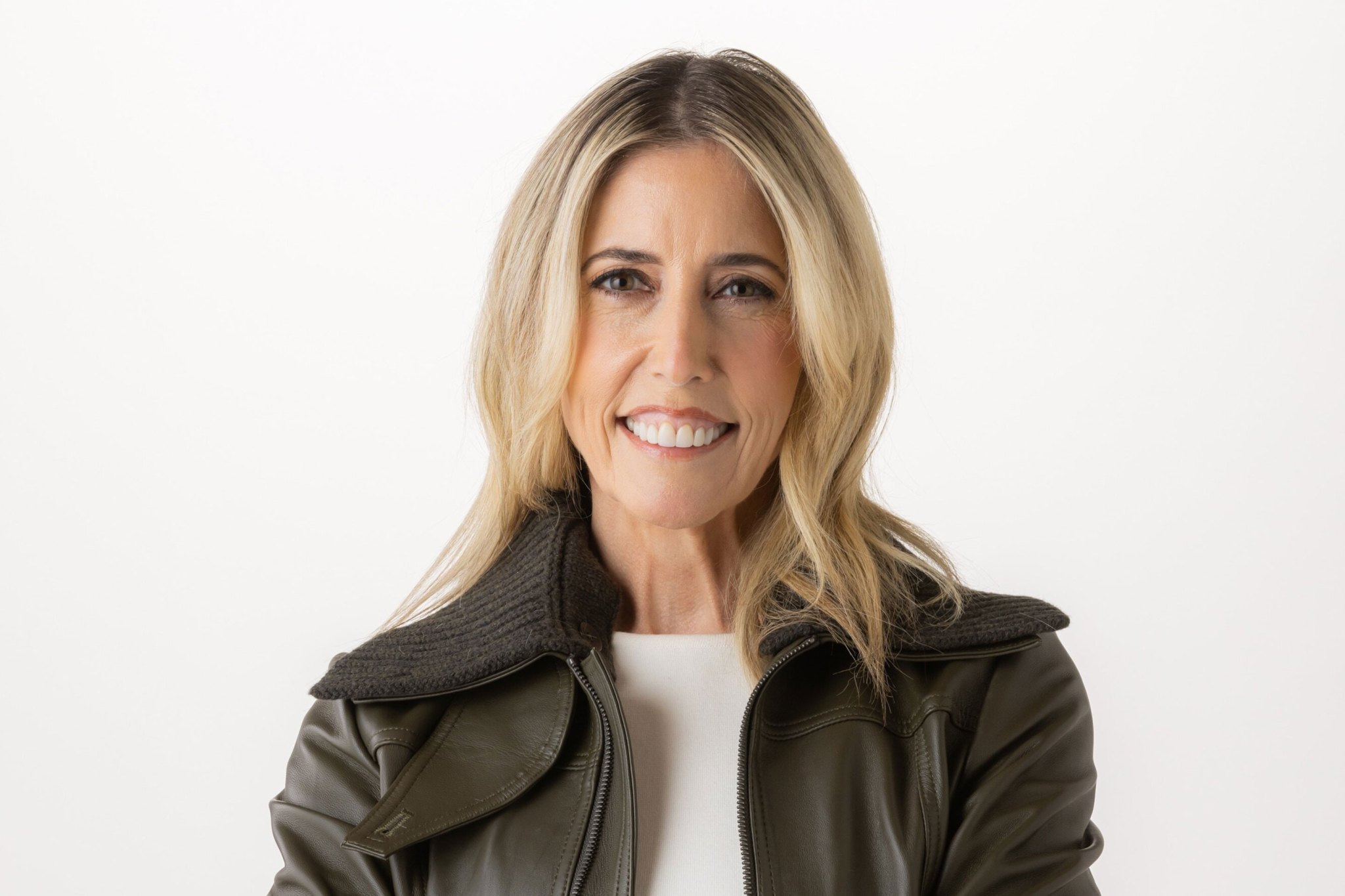How Walmart’s CFO uses scenario planning to navigate tariff uncertainty
Walmart expects its prices to increase by the end of May.

Good morning. Walmart, the largest retailer in the U.S., has warned that it will need to raise prices on some products to offset the added costs from President Trump’s tariffs, despite ongoing efforts to keep prices as low as possible.
In a social media post on Saturday, Trump said Walmart should not charge its customers more to cover the new tariff costs: "Between Walmart and China they should, as is said, 'eat the tariffs,'" he posted.
On Thursday, Walmart CFO John David Rainey told The Associated Press that the company is “wired to keep prices low, but there’s a limit to what we can bear, or any retailer for that matter.”
During Wallmart's Q1 earnings call, Rainey—a veteran CFO—gave a brief lesson on Walmart’s method of accounting for inventory costs for the majority of its U.S. business. Known as the retail inventory method, or RIM, this practice makes swings in financial performance more difficult to forecast.
“We've always used RIM in Walmart U.S.,” Rainey said on Thursday. “It's not new for us, and it's a common method of accounting in the retail industry.” RIM accounting applies a ratio of the actual cost of inventory to its retail price to calculate ending inventory and, therefore, derive cost of goods sold, he explained. (You can read more about the implications of tariffs on RIM accounting practices in my new article.)
Scenario planning
Scenario planning helps CFOs navigate uncertainty and proactively anticipate potential challenges and opportunities. Walmart has conducted internal modeling of various scenarios related to ongoing trade policy discussions, Rainey said on the earnings call. These scenarios involve making assumptions about how long tariffs will persist at certain levels versus when they might decrease after new bilateral trade deals are completed.
The company must also consider the elasticity of demand and the broader macroeconomic environment. “Perhaps it's obvious, but worth stating,” Rainey said. “The range of possible outcomes is much greater than when we originally provided our annual guidance. That said, in what we believe are the most likely scenarios that we've modeled, we still have the ability to achieve our full-year guidance for both sales and operating income.”
These scenarios are based on the expectation that ongoing trade policy discussions will lead to bilateral agreements, or at least good-faith negotiations, that could result in tariff levels lower than those initially proposed in early April, Rainey explained. However, if those talks break down and much higher tariffs are reinstated, the financial impact on Walmart could be significant-potentially even threatening the company’s ability to grow earnings year over year, he said.
For the first quarter, Walmart’s revenue increased 2.5% year over year to $165.6 billion, U.S. same-store sales increased 4.5%, and its e-commerce business reached profitability for the first time.
Expert advice
I spoke with Sang Hyun “Sam” Park, an associate professor at Augusta University’s Hull College of Business, about best practices for retailers regarding internal controls and scenario planning to manage tariff-driven margin swings. Here are his five recommendations:
—Granular cost complements: Break the cost ratio into finer buckets (by country, tariff code, or category) to isolate spikes and reduce forecast errors.
—Dynamic scenario modeling: Run “what-if” models every quarter to show earnings under low, base, and high-tariff cases before prices are set.
—Enhanced landed-cost capture: Track landed costs line by line to provide clear visibility of duties and enable faster pricing decisions.
–Frequent shrink/markdown reviews: Tighten cycle counts and markdown approvals to recognize losses sooner and avoid surprises in the next quarter.
—Governance overlay: Create a cross-functional “tariff desk” so finance, supply chain, tax, and merchandising teams all work from the same dashboards.
“None of these is a silver bullet; the right mix will vary between Walmart-scale giants and mom-and-pop retailers,” Park said.
Sheryl Estrada
sheryl.estrada@fortune.com
This story was originally featured on Fortune.com




























